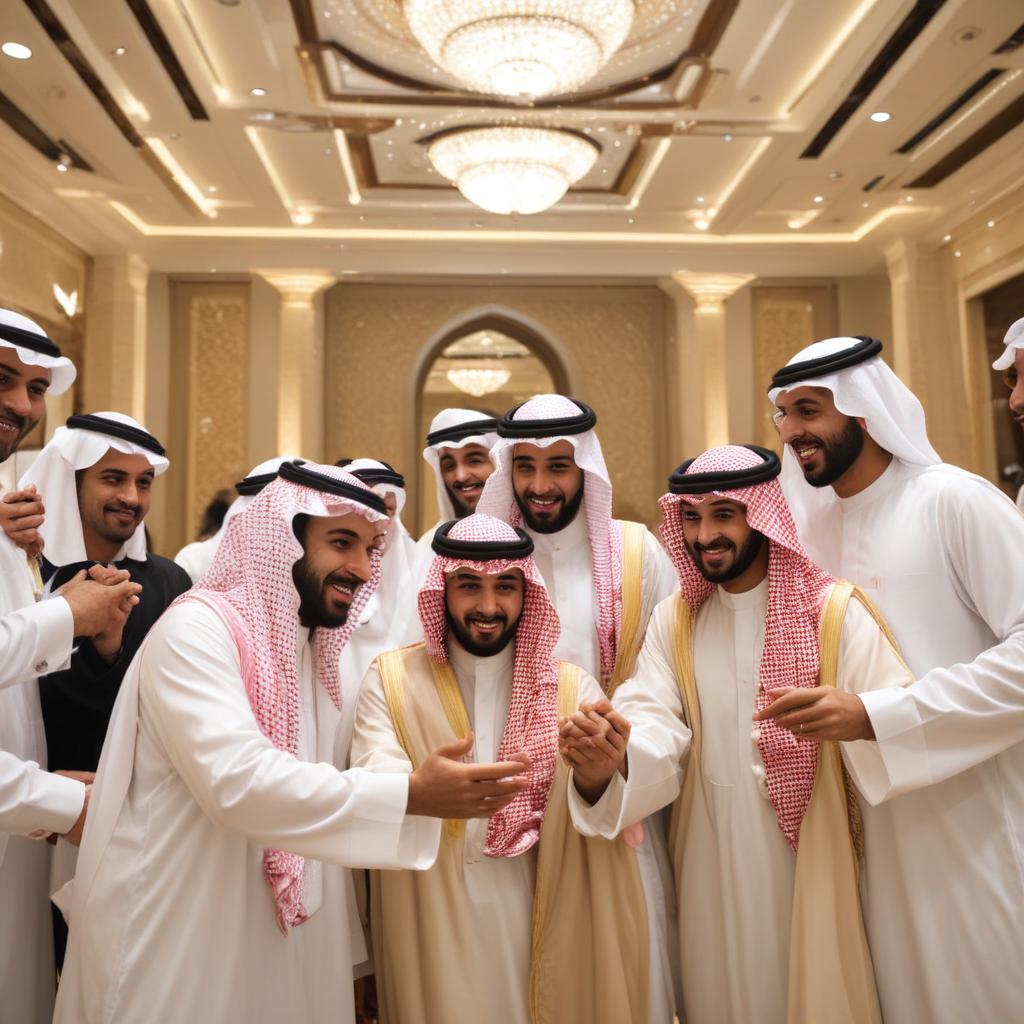In today’s competitive business landscape, a high-performing team is the cornerstone of success. While talent acquisition is crucial, nurturing and developing existing talent through effective training is equally, if not more, important. However, traditional training methods often fall short, failing to engage employees and deliver lasting results. This blog post explores how “smarter training” can significantly improve business team performance, covering innovative approaches and strategies that drive skill development, boost engagement, and ultimately, contribute to organizational growth. Bright Vision, a leading team-building company, understands the importance of effective training and offers a range of corporate team-building activities designed to complement and reinforce learning.
The Need for Smarter Training
Traditional training methods, such as lectures and passive learning, often lack the engagement and interactivity needed to truly resonate with employees. This can lead to poor knowledge retention, lack of application on the job, and ultimately, a waste of resources. Smarter training, on the other hand, focuses on creating a more engaging, personalized, and results-oriented learning experience. It leverages technology, incorporates interactive elements, and emphasizes practical application to ensure that training translates into improved team performance.
Key Principles of Smarter Training
Smarter training is built on several key principles:
Learner-Centric Approach:
Training is tailored to the specific needs and learning styles of individual team members.
Active Learning:
Training incorporates interactive elements, such as simulations, case studies, and group discussions, to encourage active participation and knowledge retention.
Practical Application:
Training emphasizes the practical application of learned skills on the job, ensuring that employees can immediately put their new knowledge to use.
Continuous Learning:
Training is viewed as an ongoing process, with opportunities for continuous learning and development.
Data-Driven Evaluation:
Training effectiveness is measured through data analysis, allowing for continuous improvement and refinement.
Ways to Implement Smarter Training
Here are several ways to implement smarter training and improve business team performance:
Microlearning:
Break down complex topics into bite-sized modules that are easy to digest and retain. Microlearning can be delivered through videos, infographics, or short articles, allowing employees to learn at their own pace and convenience.
Gamification:
Incorporate game-like elements, such as points, badges, and leaderboards, into training to increase engagement and motivation. Gamification can make learning fun and interactive, encouraging employees to actively participate and compete.
Simulation Training:
Use simulations to create realistic scenarios that allow employees to practice their skills in a safe and controlled environment. Simulation training is particularly effective for developing problem-solving, decision-making, and communication skills.
Virtual Reality (VR) and Augmented Reality (AR):
Leverage VR and AR technologies to create immersive learning experiences that simulate real-world situations. VR and AR can be used to train employees on complex tasks, improve spatial reasoning, and enhance empathy.
Mobile Learning:
Deliver training through mobile devices, allowing employees to access learning materials anytime, anywhere. Mobile learning is particularly useful for reaching remote teams and providing on-demand training.
Personalized Learning Paths:
Create personalized learning paths for each team member, based on their individual needs and goals. Personalized learning ensures that employees receive the training that is most relevant to their roles and responsibilities.
Social Learning:
Encourage social learning through online forums, discussion groups, and collaborative projects. Social learning allows employees to learn from each other, share best practices, and build a sense of community.
Mentorship and Coaching:
Pair experienced employees with newer team members to provide guidance and support. Mentorship and coaching can help employees develop their skills, build confidence, and navigate workplace challenges.
Data Analytics:
Use data analytics to track training progress, measure learning outcomes, and identify areas for improvement. Data-driven evaluation allows for continuous refinement of training programs and ensures that they are delivering the desired results.
The Role of Team Building Activities in Smarter Training
Team-building activities play a crucial role in reinforcing the skills and knowledge gained through smarter training. These activities provide a platform for team members to apply their learning in a practical and collaborative setting. Corporate team-building activities, organized by team-building companies like Bright Vision, offer a unique and engaging way to strengthen teamwork, communication, and problem-solving skills.
Examples of how team building can complement smarter training:
- Communication Exercises: After communication skills training, team-building activities can provide opportunities for employees to practice active listening, clear articulation, and effective feedback.
- Problem-Solving Challenges: Following problem-solving training, team-building activities can present real-world scenarios that require collaborative problem-solving and decision-making.
- Leadership Development: After leadership training, team-building activities can provide opportunities for employees to practice delegation, motivation, and conflict resolution.
Benefits of Smarter Training and Team Building
Combining smarter training with team-building activities offers a multitude of benefits:
Improved Skill Development:
Training provides the foundation, while team building allows for practical application and reinforcement of skills.
Increased Employee Engagement:
Engaging training methods and interactive team-building activities boost employee motivation and participation.
Enhanced Team Performance:
Improved skills and stronger teamwork translate to higher team performance and productivity.
Better Knowledge Retention:
Active learning and practical application through team building enhance knowledge retention and long-term impact.
Stronger Team Cohesion:
Team-building activities foster stronger relationships, improve communication, and build trust among team members.
Bright Vision: Your Partner in Smarter Training and Team Building
Bright Vision, a leading team-building company, specializes in creating impactful corporate team-building activities that complement and reinforce smarter training initiatives. Their programs are designed to enhance teamwork, communication, problem-solving, and leadership skills, creating a more cohesive and high-performing team.
By partnering with Bright Vision, organizations can:
- Reinforce Training Outcomes: Team-building activities provide a practical platform for applying learned skills and knowledge.
- Boost Employee Engagement: Engaging and interactive activities increase employee motivation and participation.
- Strengthen Team Dynamics: Team-building activities foster stronger relationships and improve communication within teams.
- Create a Positive Learning Environment: Bright Vision’s experienced facilitators create a supportive and encouraging environment for learning and development.
Implementing Smarter Training: A Step-by-Step Approach
Implementing smarter training requires careful planning and execution. Here’s a step-by-step approach:
- Needs Assessment: Identify the specific skills and knowledge gaps within your team.
- Learning Objectives: Define clear and measurable learning objectives for each training program.
- Training Design: Design engaging and interactive training content using a variety of smarter training methods.
- Delivery Methods: Choose the most appropriate delivery methods, such as microlearning, gamification, simulation training, or mobile learning.
- Team Building Integration: Incorporate relevant team-building activities to reinforce learning outcomes and enhance teamwork.
- Evaluation and Measurement: Track training progress, measure learning outcomes, and gather feedback to continuously improve training programs.
The Future of Smarter Training
Smarter training is constantly evolving, with new technologies and methodologies emerging to enhance the learning experience. The future of smarter training will likely involve greater personalization, increased use of AI and machine learning, and a stronger emphasis on data-driven evaluation.
In conclusion, smarter training is essential for improving business team performance in today’s dynamic business world. By adopting a learner-centric approach, incorporating interactive elements, and emphasizing practical application, organizations can create a more engaged, skilled, and high-performing workforce. Partnering with a team-building company like Bright Vision can further enhance training outcomes by providing opportunities for team members to apply their learning in a collaborative and engaging setting. Embrace smarter training and unlock the full potential of your team.







